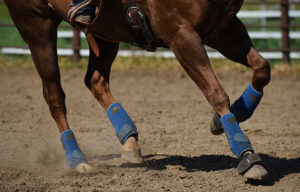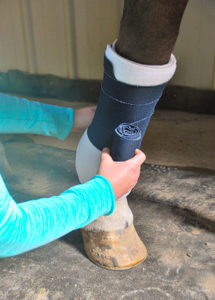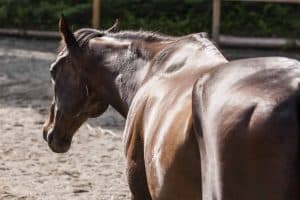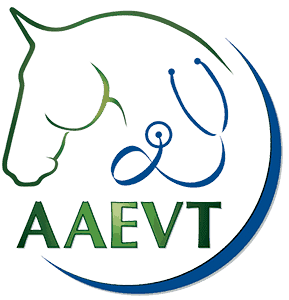Roaring
Old-time horsemen called it "roaring." The common scientific term is laryngeal hemiplegia. However you describe it, the condition involving larynx dysfunction can severely compromise a horse’s ability to breathe, especially during exercise.
The problem often is first discovered in growing, tall male horses. It should be remembered, however, that the condition is permanent. They don’t grow out of it. The majority of horses which develop laryngeal hemiplegia will be 16 hands or more when mature. The Thoroughbred seems to be the breed most often afflicted. However, other breeds that have the genetic tendency to be tall also are affected. Young horses often are first diagnosed when they begin undertaking serious exercise for an athletic career and make a noise, or they are exercise intolerant when training or performing over a distance.
The incidence of the affliction in the type of horses described above runs from 3%-8%, according to published data.
In simplistic terms, the condition involves the inability of muscles of the larynx to function properly, primarily because of nerve disfunction. As the horse tries to breathe, the arytenoid cartilage on one or both sides of the throat cannot be kept out of the airway. This causes a whistling or roaring sound as air is drawn through the obstructed larynx. (See illustrations page 67
Create a free account with TheHorse.com to view this content.
TheHorse.com is home to thousands of free articles about horse health care. In order to access some of our exclusive free content, you must be signed into TheHorse.com.
Start your free account today!
Already have an account?
and continue reading.
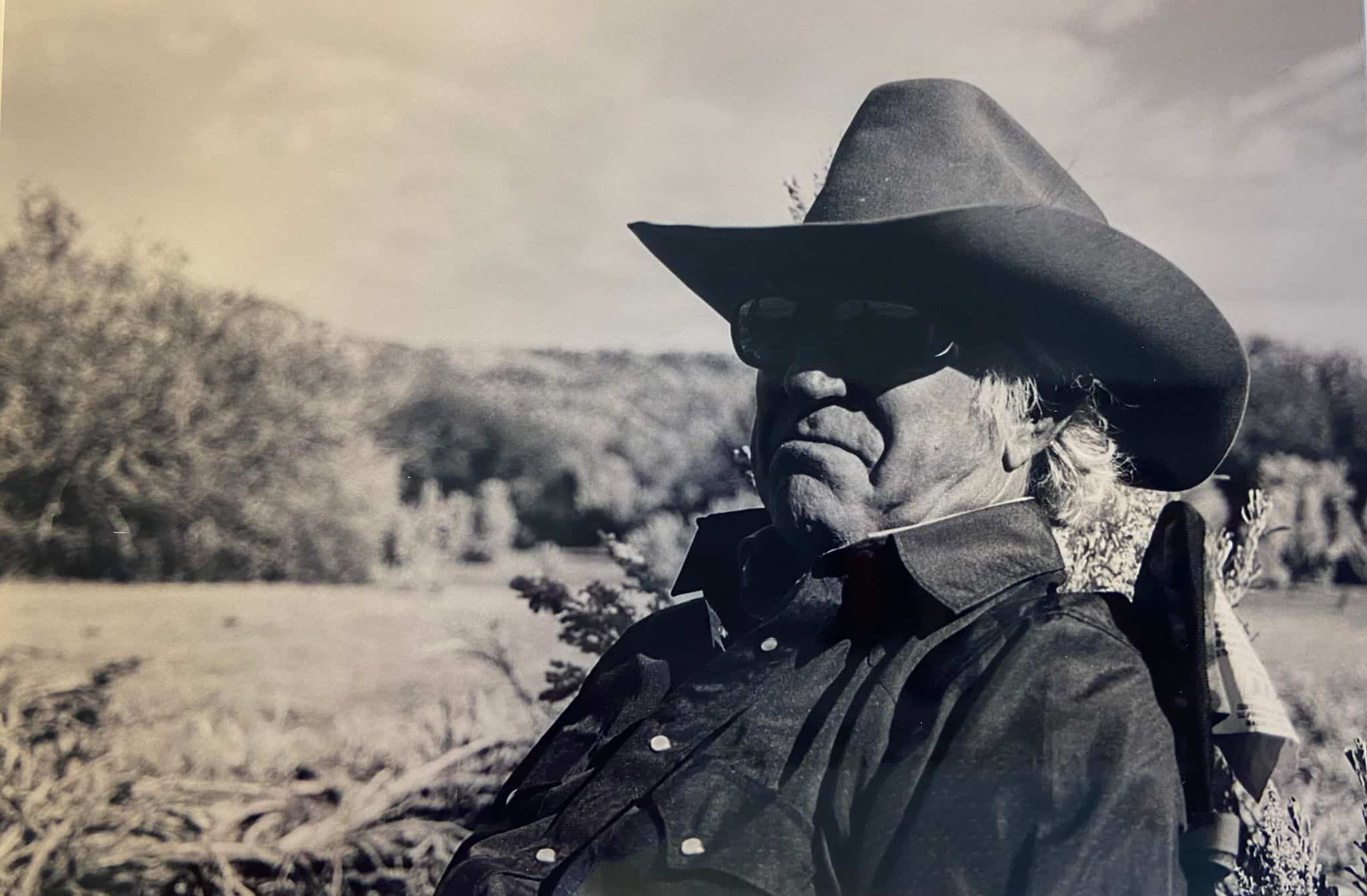
Written by:
Les Sellnow
Related Articles
Stay on top of the most recent Horse Health news with





